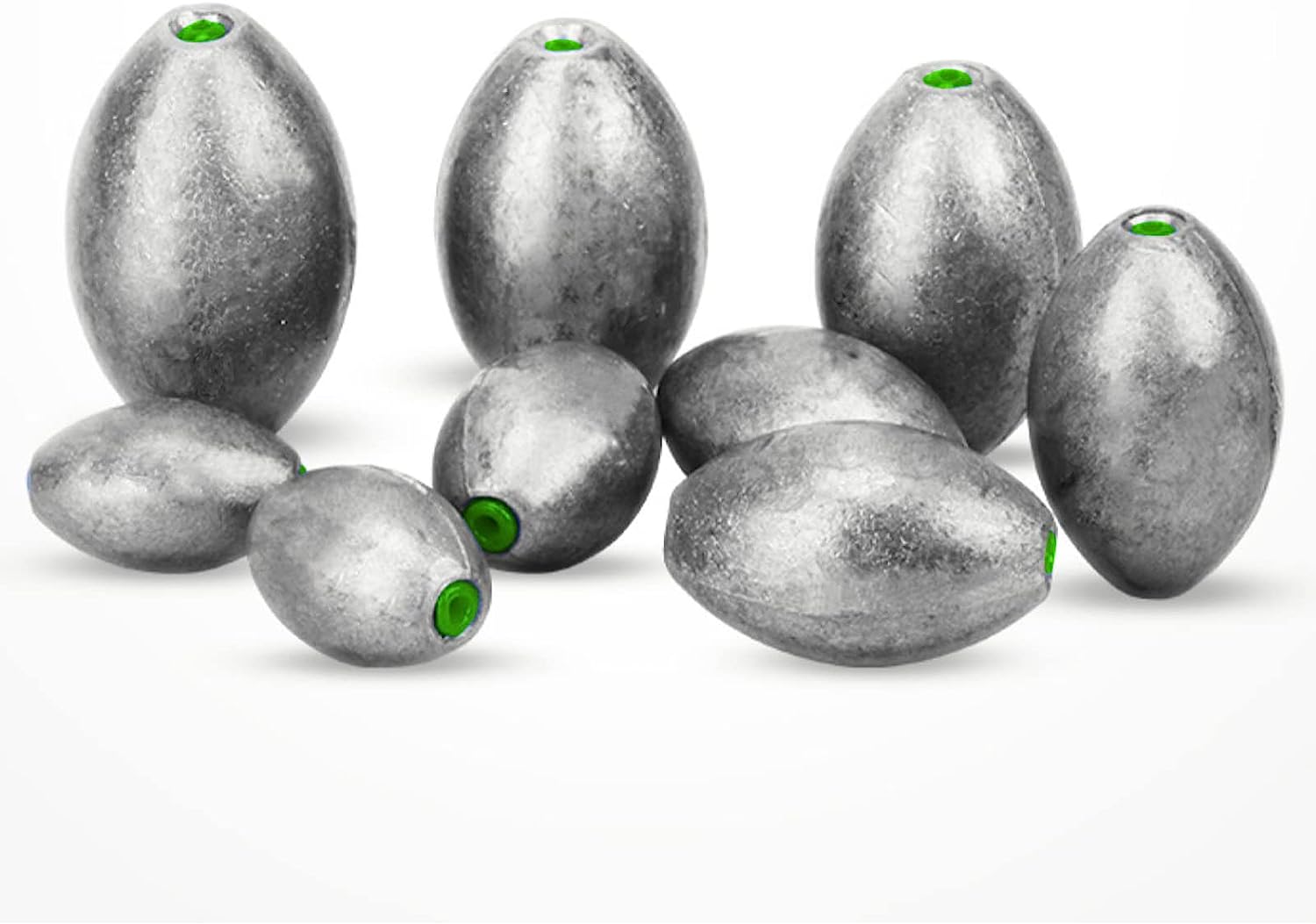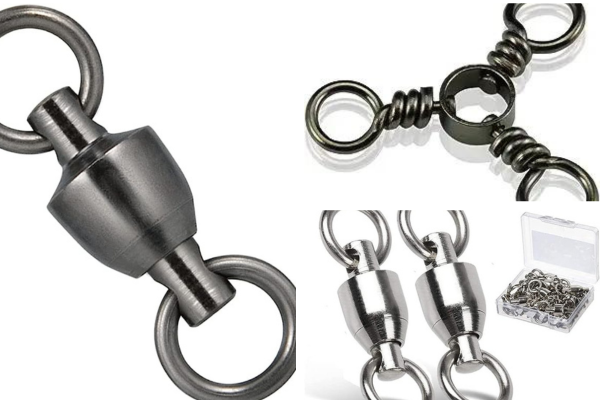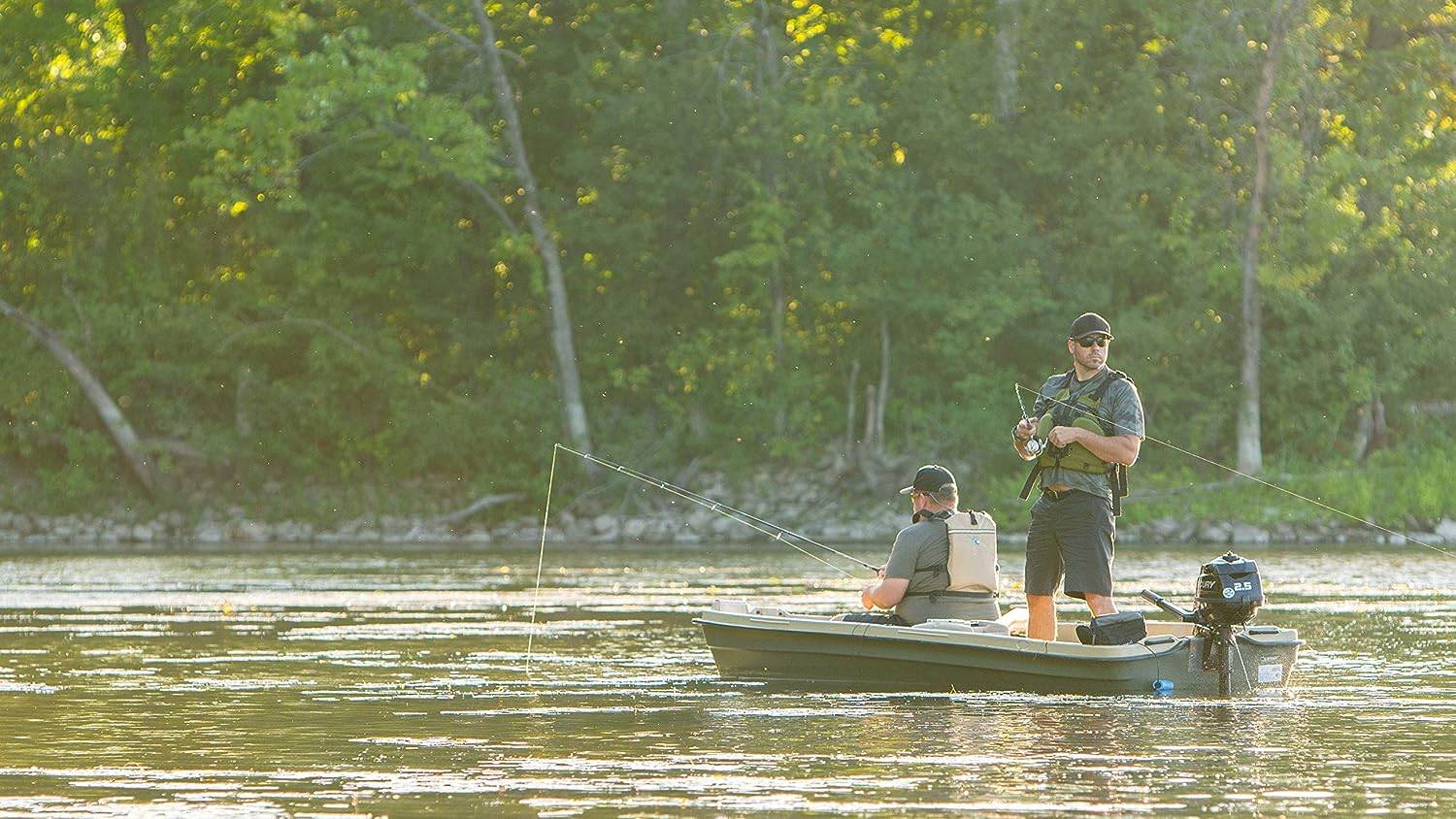One of the skills you should master as an angler is the art of choosing the perfect fishing line for each of your angling trips. Once you do, you will save yourself the stress of broken lines. More importantly, you won’t come home with zero catch.
However, the skill is not an easy feat, because there are hundreds of fishing lines, and each comes with varying materials and properties. So, how would you know which one is right for the fish you are hunting? How can you simplify the process of sorting through the different kinds of fishing lines?
This article will help! Here, we have gathered the tips that would help you choose the right fishing line for your angling trips. Take a look!
g class=”aligncenter wp-image-7400 size-full” src=”https://fishingpioneer.com/wp-content/uploads/fishing-pioneer-how-to-choose-the-perfect-fishing-line.jpg” alt=”” width=”1024″ height=”683″ />
Choosing The Perfect Fishing Line
Know The Different Types Of Fishing Lines
Generally, there are three types of fishing lines based on their material composition. Namely, they are the monofilament, fluorocarbon, and braided lines.
Monofilament Lines
Of all the types of fishing lines, the monofilaments are the most beginner-friendly and the easiest to unknot when tied. Also, they are flexible and come in all ranges of color. For that reason, they are perfect for various fishing situations.
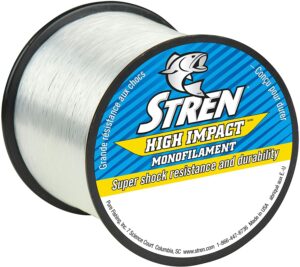
About the flexibility, monofilament lines can easily stretch because of the nature of their material – they are untwisted strands of nylon that absorb water. Thanks to that elasticity, this type of fishing line can be helpful when you are up against a large fish.
Also, monofilaments are compatible with most tackles – be it the plug or the spinning types. However, ensure you keep the weight under 10 pounds. When you do, casting your lures will become much more comfortable and fast.
Suggested reading: How To Tie Fishing Knots
Note: Monofilaments wobble a lot. Unfortunately, that might spook your fish. Also, these fishing lines require a lot of work when setting their hooks. Overall, they are affordable and perfect for surface fishing, pan fishing, and deep-jigging.
Another form of a monofilament line is the thermal filament; it is a high-performance upgrade that uses graphite fibers to improve the strength of its lines.
Fluorocarbon Lines
Fluorocarbons are like monofilament lines; they are both single strands. However, fluorocarbons are thinner, less stretchy, but incredibly durable.
The greatest strength of fluorocarbons is their stealth in clear water. Thanks to their material, light passes through these fishing lines and makes them virtually invisible to fish. Also, they will save the energy you’d expended backlashing on your reels.
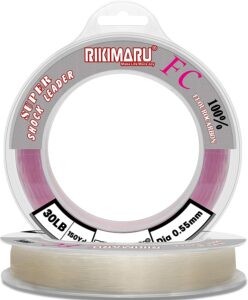
Furthermore, fluorocarbon lines are tough and resistant to abrasion. For those reasons, they can withstand pressure just as much as monofilaments and stay resilient for a long time.
However, fluorocarbons are light and sink quickly in water. In other words, they are not the perfect fishing line for surface lures. Also, they can be stiff and difficult to tie into knots.
Overall, fluorocarbon fishing lines are best for trolling since they sink deep into the water. But you might want to increase the thickness depending on how deep you plan to go.
Braided Lines
Braided lines are different from monofilaments and fluorocarbons. First, they are woven together and are mostly a product of polyethylene materials. Also, these fishing lines do not stretch regardless of the pressure.
And because braided lines don’t stretch, they are sensitive to fish bite, touch, or movements. However, ensure you don’t waste too much time when reeling in your catch. Else, your hooks can pull out or straighten from the effect of the no-stretch.
Overall, braided lines are superb for deepwater fishing because of their sensitivity. They are abrasive resistant but can be hard to knot. And, you would need scissors when cutting these fishing lines into knots.
Pro tip: You can mix all three fishing lines to get the most efficiency for your angling trips, but do that only when you are a pro.
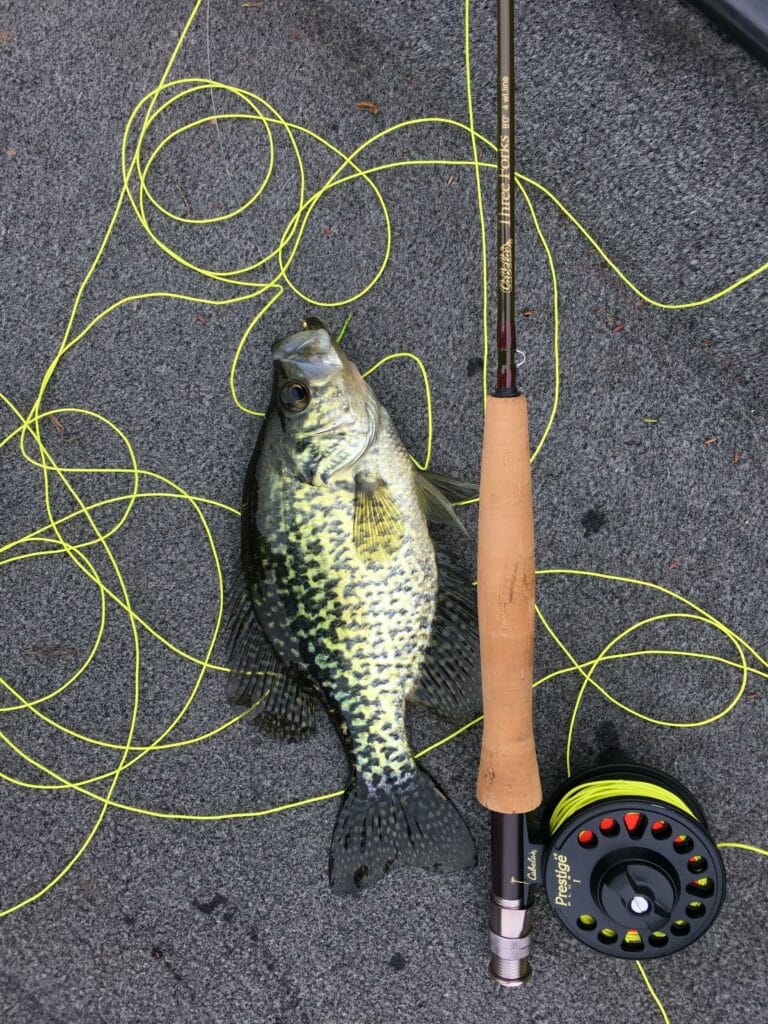
Consider The Strength Of The Fishing Line
After deciding on the right type of fishing line for your angling trip, you must consider its strength. By the way, the strength of a line is how much weight it can carry before breaking. And since this property determines the success of reeling in your catch, it is critical.
So, what strength should be your aim?
Choosing the right strength for your fishing line is dependent on the type of fish you are hunting. Also, you must consider the grounds or site and its conditions.
For example, say you plan a trip to a rocky area. In that instance, you would need a line that can withstand pressure and abrasion. Also, the weight of the line should align with that of the fish.
Furthermore, check the guideline on your fishing gear – especially the reels and rods. You will find instructions detailing what line weight to use. In some cases, you might see a series of numbers like 200/5. That number means you will need a line of 200 yards with a five-pound weight.
Check The Strength Chart
The strength chart contains more specific instructions than the guidelines on reels and rods. Here, you will find guides regarding your type of line and its brand and how that will perform on the weight of your game. In particular, you will see how each line weighs in terms of its ratings among anglers. More importantly, strength charts have a comparative feature, and with that, you’d know what to expect from different line strengths.
Consult Weight Guides
The ultimate resource you need to find the perfect fishing line is the weight guides. They are online resources that complement the strength chart and the instructions on your fishing gear. In particular, they provide suggestions of the line to use for any fish.
The best part: weight guides are free to access. And since they include contributions from users, the tips inside the resource are practical and always up to date.
Bottom Line
Fishing lines are one of the essential gadgets an angler needs. So, taking your time to pick the perfect one for your games shouldn’t be too much work. More so, this guide has simplified the process for you. First, choose the right type of line. More importantly, find the line that matches the weight of your game.
Share the Love
If you found this post useful, please let others know about it by sharing it.
Related Posts
If you found this post useful, please explore others posts.
